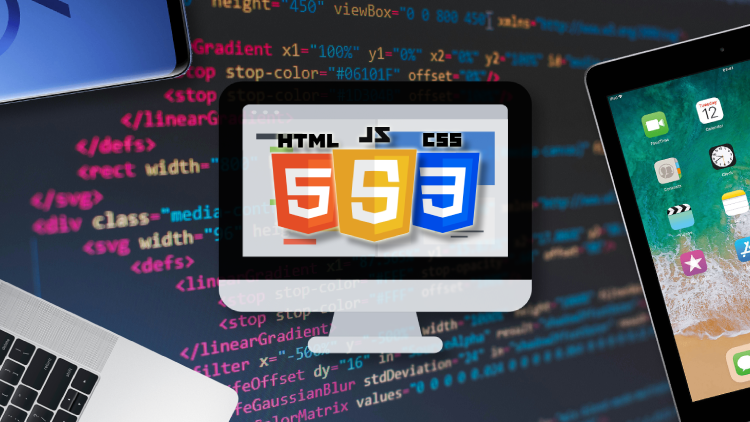GET Requests
GET requests are primarily used to retrieve data from a server. When a client sends a GET request, it asks the server to provide a representation of a specific resource. This method is considered "safe" and "idempotent," meaning it should not modify any data on the server and can be repeated without side effects.
Data in a GET request is appended to the URL as query parameters. For example:
GET /api/users?id=123&name=John
GET requests are visible in the browser's address bar, making them less secure for sensitive data transmission.
POST Requests
POST requests are used to send data to the server to create or modify resources. When a client sends a POST request, it includes the data in the request body. This method is considered "non-idempotent," meaning the same request repeated multiple times can result in different outcomes.
Data in a POST request is included in the request body. For example:
POST /api/users
Content-Type: application/json
{
"id": 123,
"name": "John"
}
POST requests are not visible in the browser's address bar, providing better security for sensitive data transmission.
Differences and Use Cases
The main differences between POST and GET requests can be summarized as follows:
- GET requests are used for data retrieval, while POST requests are used for data submission or modification.
- GET requests append data to the URL as query parameters, while POST requests include data in the request body.
- GET requests are visible in the browser's address bar, while POST requests are not.
Use GET requests when:
- Retrieving data from the server.
- Accessing public information that does not require sensitive data.
- Sending lightweight data or parameters.
Use POST requests when:
- Submitting form data or user input.
- Modifying data on the server.
- Sending sensitive data that should not be visible in the URL or browser history.
Understanding the differences between POST and GET requests allows you to choose the appropriate method based on the purpose and requirements of your application.
Remember to follow best practices and security considerations when handling user data, especially with POST requests. In the next lecture, we'll explore HTML media elements and how to incorporate images, audio, and video into your webpages


